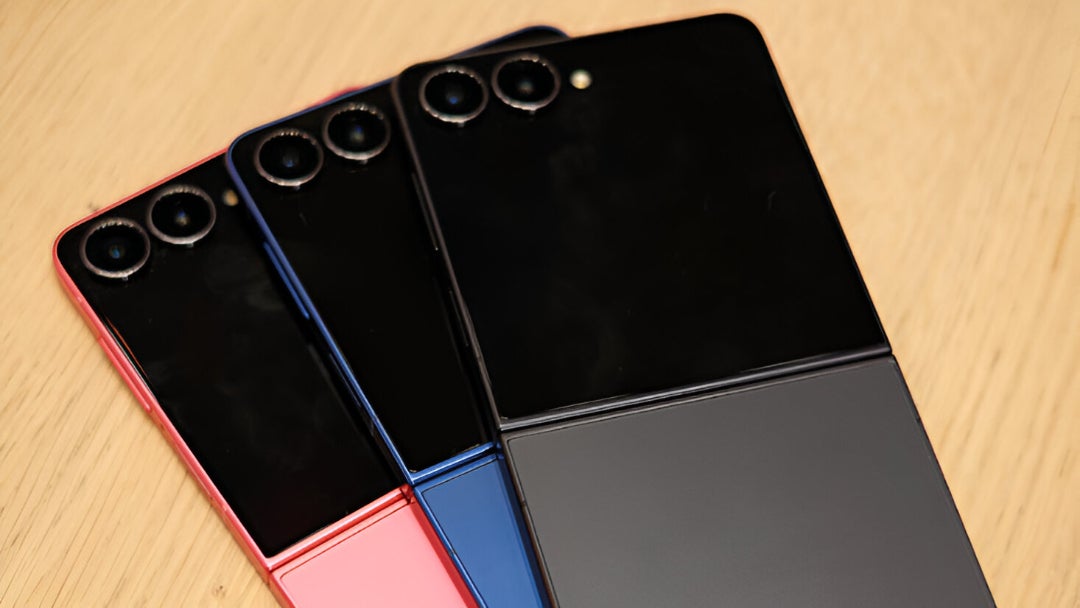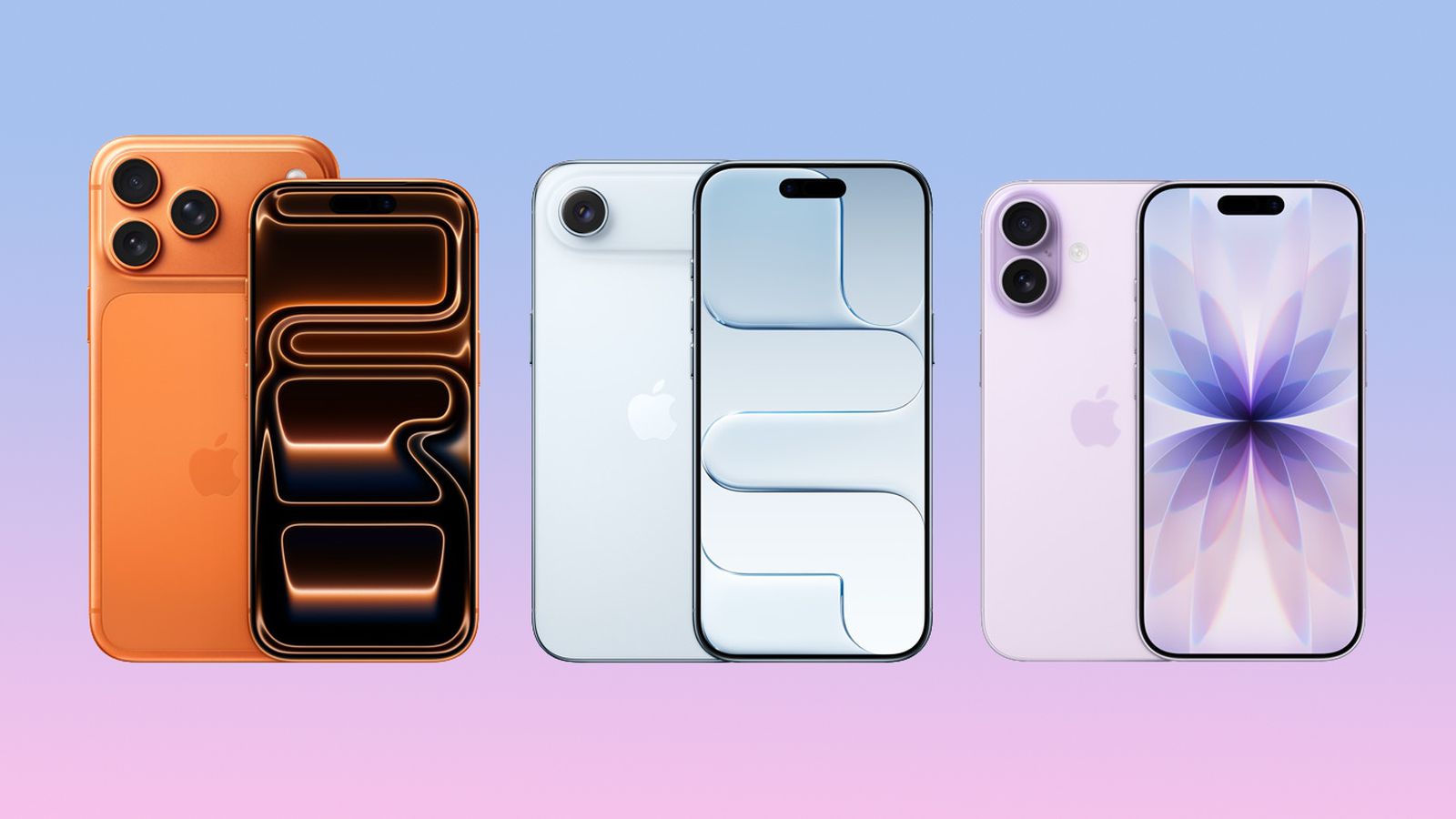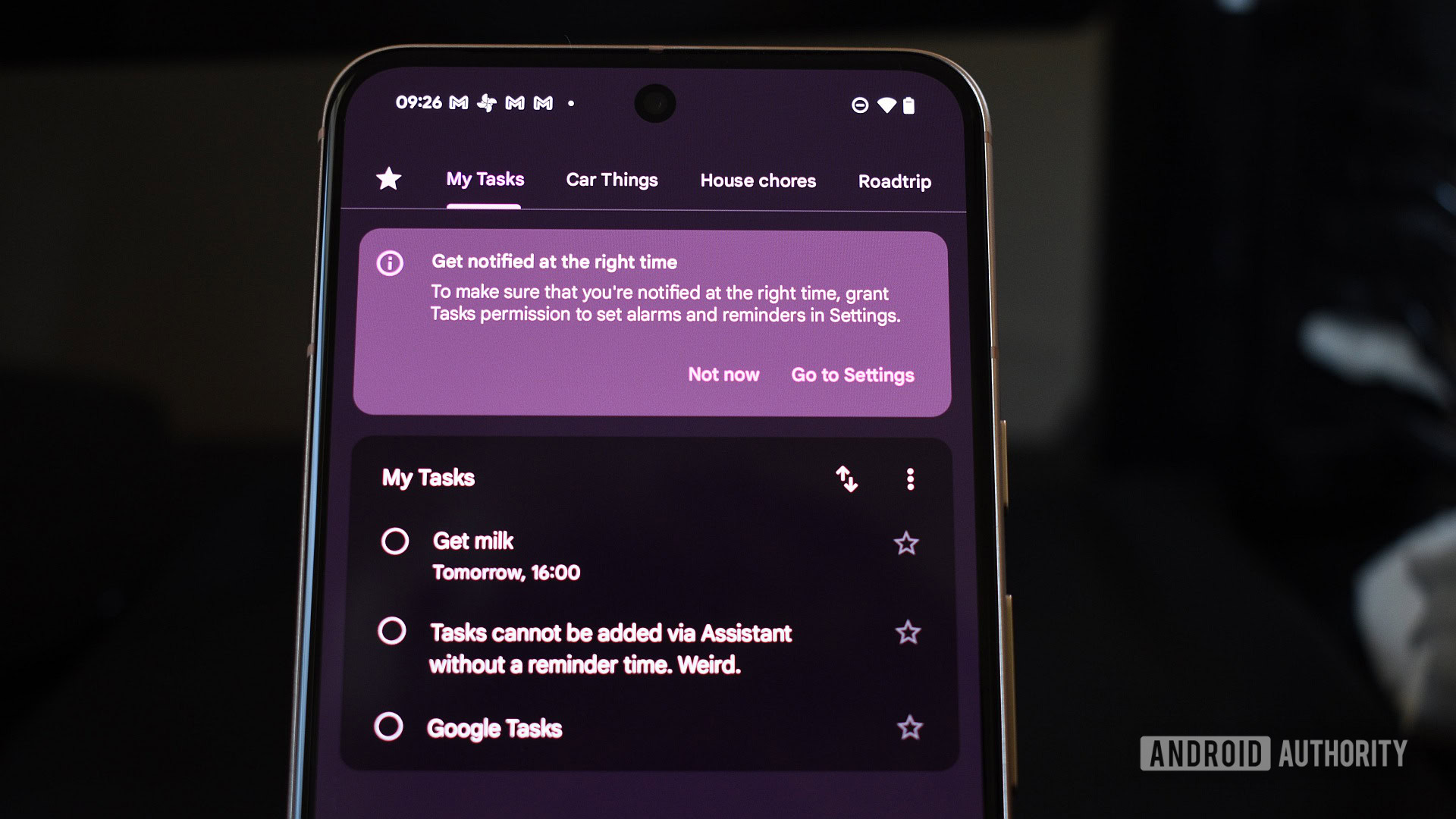According to supply chain reports (translated source), the current state of dense silicon batteries isn’t the limit, if companies play their cards right. By the end of this year, 7,000 mAh batteries will become a lot more common, and it’s only going to go up from the next year and onward.
Current silicon battery limits are forcing research teams to experiment with new materials and shapes. This is going to make it possible for standard phones to feature batteries even larger than 8,000 mAh.
Using new shapes and steel shells (for structural support), it is quite likely that we’re not too far off from a normal consumer-grade smartphone that has a 10,000 mAh battery. The new Honor Power already has a battery capacity of 8,000 mAh, and the Honor X70 will feature an 8,300 mAh battery while measuring in at only 7.7-7.9 mm.
It truly feels like silicon batteries have finally made significant advancements in battery capacities a reality. Now all that’s left is for Samsung, Apple, and Google to adopt these new batteries into their flagship offerings too.
There are certain regulatory limitations due to which these companies haven’t been able to keep pace with their Chinese rivals. However, Samsung and Apple are reportedly researching on these batteries at this time, and I’m hopeful that we’ll see the fruits of their labor sooner rather than later.
The newly released Samsung Galaxy Z Fold 7, while an absolutely stunning phone, does have the downside of using the same battery as the Galaxy Z Fold 6: a 4,400 mAh pack. While the Fold 7 battery is pretty good in other important aspects, I wouldn’t mind seeing a bigger battery in the future.
Fingers crossed that Samsung and Apple’s ongoing research leads to silicon batteries with higher capacities but the same durability as their previous Li-ion batteries.










